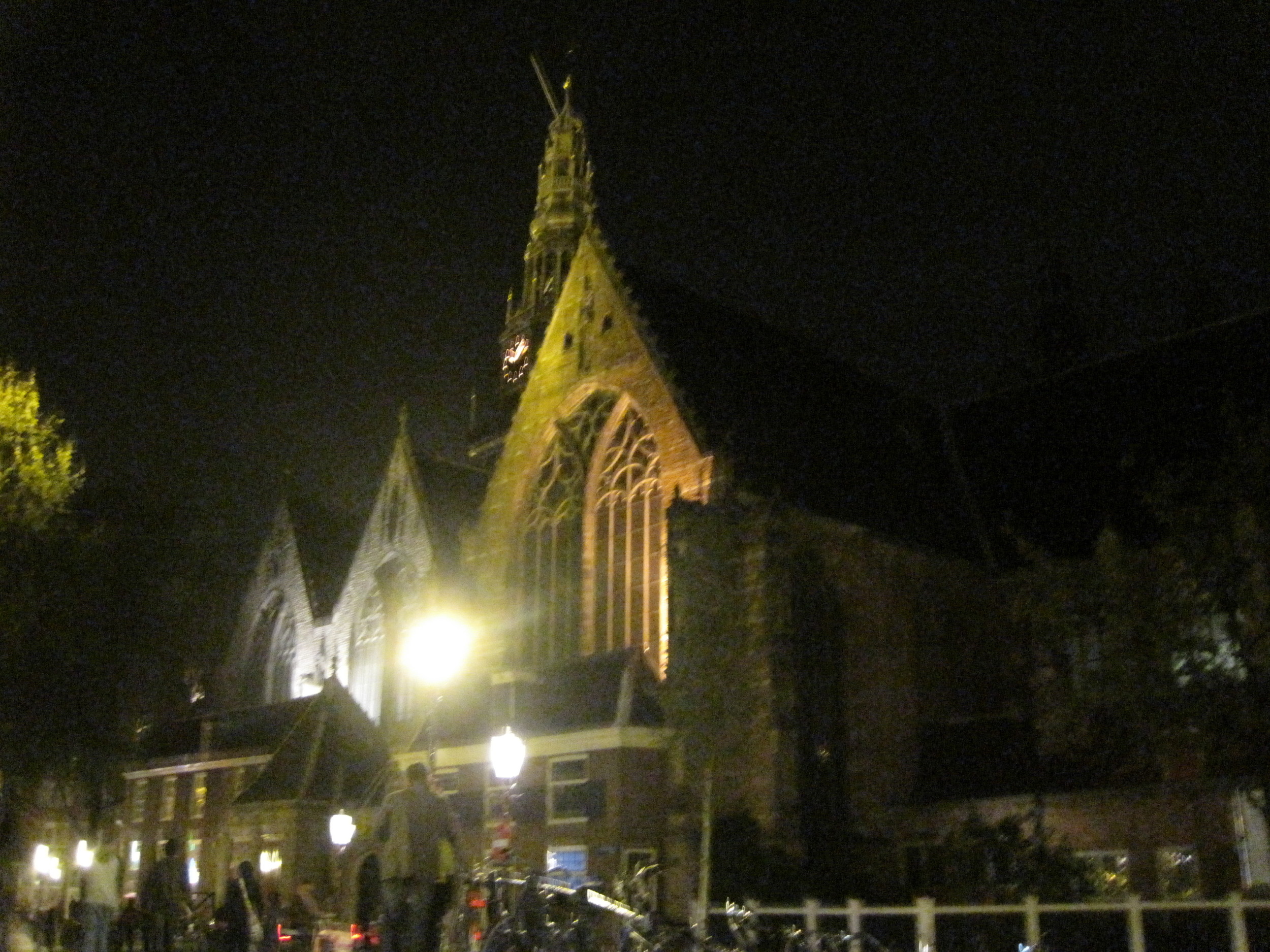Bosnia/Herzegovina - 2007
We only spent three days in Bosnia on a trip that was mostly through Croatia. We had rented a car in Zagreb, Croatia, and since Mostar and Sarajevo were only several hours from the Croatian border, and we didn’t need a visa to enter Bosnia, we decided we’d check it out and were glad we did.
As with other Balkan countries, the history of Bosnia-Herzegovina traces back more than ten thousand years encompassing multiple civilizations. The Kingdom of Bosnia in the fourteenth century was brought into the Ottoman Empire, which introduced Islam. Then it evolved into the Austro-Hungarian Monarchy, followed by the Kingdom of Yugoslavia, the Socialist Federal Republic of Yugoslavia, after WWII, and it finally gained its independence in 1992, after the dissolution of the Soviet Union. Immediately following the breakup of Yugoslavia, a war with Serbia and Croatia began which lasted almost four years and claimed the lives of more than one hundred thousand persons.
We spent the first night in Mostar in Herzegovina, a city heavily bombarded by the Serbs during the Bosnian war. The war had long been over but the city hadn’t done much to repair the devastation. We walked through the downtown and were amazed to see so many buildings that had literally been blown to pieces. It reminded me of photos I had seen of Berlin immediately after the end of WWII.
Our next two nights were in Sarajevo, the capital of Bosnia/Herzegovina, with a population of about 400,000. The city has a history going back to biblical times and, until recently, was the only European city to have a mosque, Catholic church, Orthodox church and synagogue in the same neighborhood. It was refreshing to be in a city where Christians, Jews and Muslims seem to live in harmony. Because of its long and colorful history, and religious and cultural diversity, it has been referred to as the “Jerusalem of the Balkans”.
The city is probably most famous for being the site of the assassination of the Archduke of Austria in 1914, which precipitated the start of WWI. Another little known fact is that Sarajevo was the second city in the world to have a full-time electric tram network, following San Francisco.
Sarajevo is a fascinating city well worth visiting. Recently Lonely Planet named it one of the top ten cities in Europe to visit.
After our short three-day Bosnian excursion we returned to Croatia and headed south into Montenegro.
Art Faibisch, April 8, 2017























